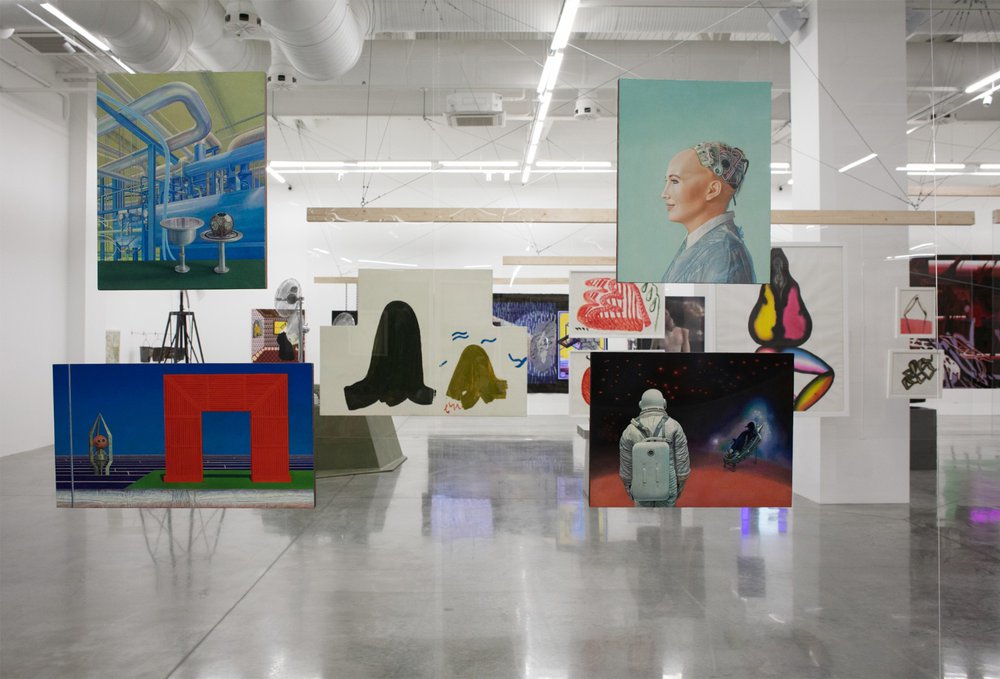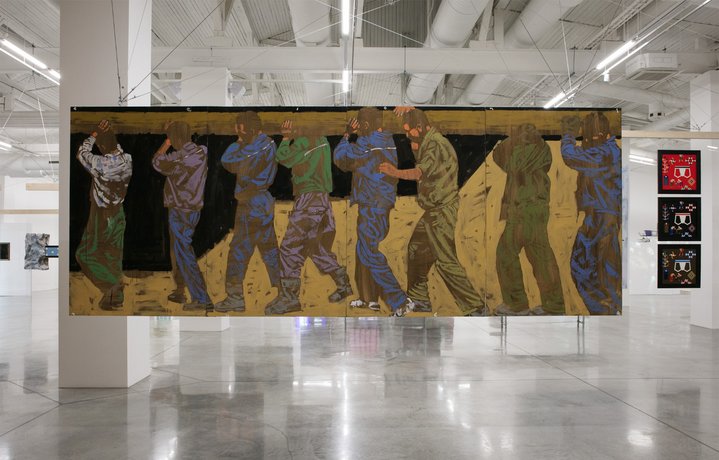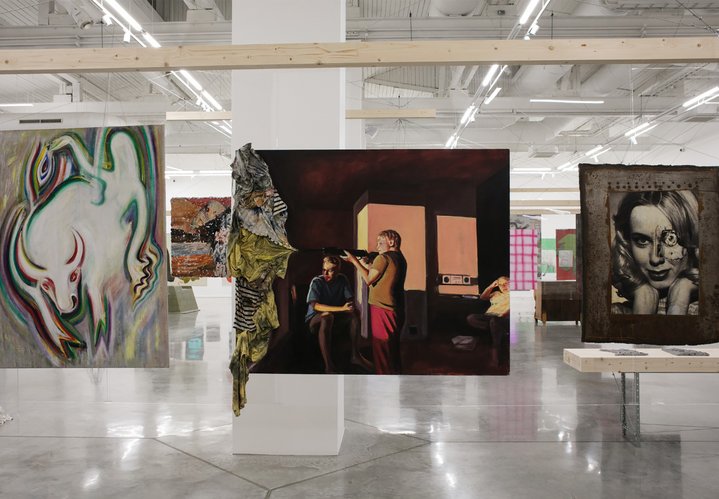Baltic taste: the contemporary art market in Estonia, Lithuania and Latvia

Growing Out? Growing Up? Contemporary Art Collecting in the Baltics. Photo Kristīne Madjare
A well-edited selection of works from the most important private collections of contemporary art in the Baltics is on view at 'Growing Out? Growing Up? Contemporary Art Collecting in the Baltics', in one of Latvia’s leading private museums, the Zuzeum Art Centre in Riga.
This exhibition is a condensed display of blue-chip works acquired by some of the biggest collectors of contemporary Art in the Baltic States since they started collecting three decades ago. “The exhibition may seem a bit mixed, pot pourri style, but in fact, there’s not a single masterpiece out of place. I had to take tough decisions while putting it together, I literally cut the initial shortlist in half. So visitors will get to experience a very serious selection”, says Olga Temnikova in a zoom conversation, curator of the initial leg of the exhibition and founder of the Temnikova & Kasela gallery. The exhibition in Riga is the first, which will be followed by a second, created in collaboration with the Lewben Art foundation in Vilnius. The third leg will be in Tallinn at the Kai Art Centre.
Temnikova continues, “I think this cycle of three exhibitions should become part of art history in the Baltics, as even a small event like this can be influential here. Art collecting is in fact a rather vulnerable activity”. She points out in conversation that people in the international art market view the Baltic art scene as rather homogeneous, but that differs radically from the perspective of the artists, gallerists and collectors on the ground in Estonia, Latvia and Lithuania. “The title of the exhibition – growing up – is a question: can we grow outside our provincial locality? I think we can try to see our identity in slightly broader terms”, says Temnikova.
She sees art collectors as the most important and influential figures on the art scene, at the same time acknowledging the unconditional relationship: if there were no collectors, galleries would not exist, and vice versa. Temnikova admits the market is very limited, with each collector trying to support their own local artists, there is a lack of cross-board collecting.
At Growing Out? Growing Up?, it is the collectors who are the protagonists. To some extent, this is an important statement about collecting contemporary art in the Baltic States. Probably, it is a significant step towards a more institutional approach to private collecting, a way to create a common space akin to a club which unites art collectors across Estonia, Latvia and Lithuania, and facilitates public access both home and abroad to masterpieces of art in private collections. Here, the history of the commercialisaion of contemporary art is as old (or recent) as the independence of the Baltic region itself, which makes this market acutely raw, teetering on the brink of passing from an emerging to an established state, as Olga Temnikova herself describes her own Tallinn gallery’s transition having been founded 12 years ago. The commercialisation of art across the three Baltic countries is not similar: the strong presence of art auctions in Estonia does not make up for a lack of non-profit initiatives there. In Lithuania we see good opportunities for young artists to embark on their careers starting out in non-profit art spaces.
The collectors presented in the show, such as the Lewban Art Foundation, the MO Museum Collection, the Irina and Māris Vitols Collection, the Zuzāns Collection, the VV Foundation, Collection Kruus, Boris Symulevič, Riivo Anton, Edgar Aronov and Maria Avdjushko are the movers and shakers who Olga Temnikova sees as “living in the avant-garde, in a sort of parallel reality”. By this she means that investing in such a volatile area as contemporary art, is exactly that. Meanwhile, the exhibition features more than 70 artists representing different practices in contemporary art from all around the world, and the quality of works makes me ponder on the next step in what seems to be a growing movement towards the creation of a private museum of contemporary art in the Baltic region.
Growing Out? Growing Up? Contemporary Art Collecting in the Baltics
Riga, Latvia
June 6 – November 20, 2022








